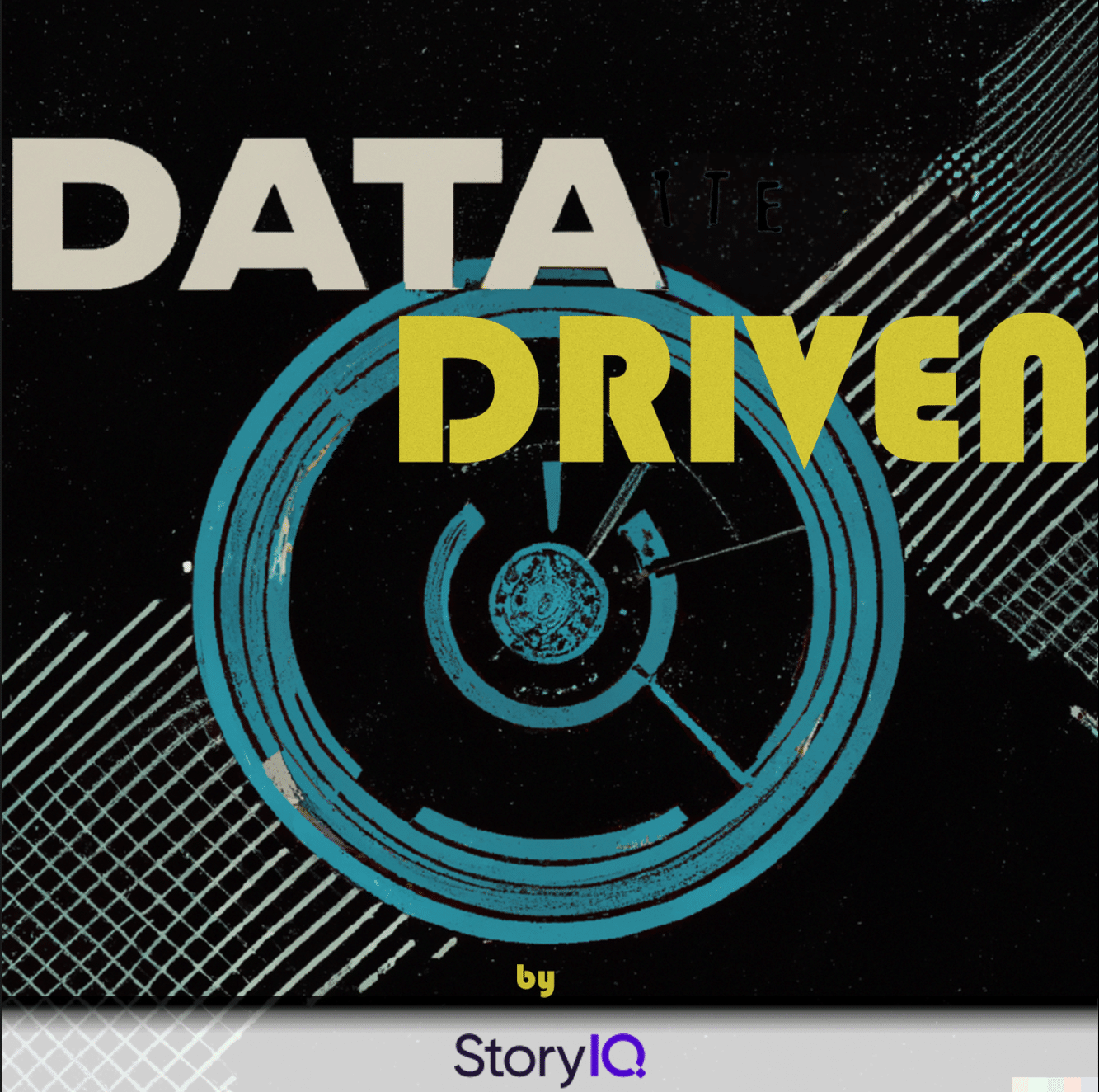Learning and Development tips from Disney — Adam Hickman // Partners Federal Credit Union
Adam Hickman
Partners Federal Credit Union

- Part 1 Learning and Development tips from Disney — Adam Hickman // Partners Federal Credit Union
- Part 2Data driven HR & Performance Development — Adam Hickman // Partners Federal Credit Union
Show Notes
-
01:25Adams role as Vice President of Organizational Development at a Disney CompanyAdam manages organizational and cast member development. Organizational development aligns teams and functions with the company's goals, while cast member development nurtures individual growth and learning within teams to advance both the organization and its people.
-
02:32The impact of organizational and learning development on the end userThe holistic user journey is prioritized, encompassing pre- and post-engagement experiences, rather than relying solely on training. Individual factors like strengths, communication styles, and clarity of expectations are considered as training is just one aspect of the solution.
-
05:37Examples of alternative solutions to employee trainingInstead of training for meaningful employee conversations, the focus shifted to understanding their motivations and communication styles. The solution was to understand their innate talents and adapt to the employees needs for more effective and meaningful interactions.
-
07:49How to create a data driven training programBegin with a comprehensive assessment of the current situation and the desired outcomes. By establishing objectives backed by objective data, recommendations become evidence-based, reducing the need for subjective approaches and increasing the likelihood of successful behavior change.
-
09:02How to handle smaller subjective datasets in the learning and development spaceIt's crucial to gather consensus through focus groups and qualitative analysis to identify common themes. Additionally, leveraging past successes and failures as indicators of cultural fit and workplace relevance can provide valuable insights for decision-making.
-
12:49Fostering a culture of mentorship without being prescriptiveTo foster a mentorship culture, identify individuals' career goals, strengths, and needs, then match them with mentors possessing relevant competencies and skills. Avoid mechanized approaches and prioritize human connections to build effective one-on-one mentorships.
-
14:39Prioritizing employee engagement and developmentSupporting and connecting employees through coaching and development is essential, and there's no fixed time formula for it. True people leaders prioritize engagement and development daily, regardless of organization size, making it a conscious, ongoing effort.
-
16:32Getting leadership to prioritize mentorship and employee engagementOrganizations must treat employees as their greatest asset and emphasize employee engagement as a competitive advantage, aligning it with your workplace culture and values. Recognize the power of emotions in employee experiences and how they impact consumer outcomes.
-
20:16How to strategically onboard employees to build engagement from day oneStrategically build engagement before an employee's first day by creating anticipation and excitement during the hiring process. Use methods like unselling and reselling the role to establish a strong connection between the manager and the new employee, ensuring a positive start.
-
21:38Unselling and reselling the role to build engagement pre onboardingUnselling entails presenting job challenges to potential hires, gauging reactions, and then reselling the role based on opportunities and alignment. Through regular touchpoints, managers can foster engagement with new hires before formal onboarding even begins.
-
23:44The importance of pre onboarding engagement with new hiresMany companies don't prioritize pre-onboarding engagement with new hires, but the best managers do it instinctively. This approach shows concern for new employees and sets the right expectations, fostering a positive start and building trust through early one-on-one meetings.
-
26:13Adapting to a changing workplaceOrganizations must understand the changes, embrace new realities to maximize productivity, and be willing to let go of outdated practices. Implementing staged rollouts and focusing on outcomes rather than managing by observation are key to success in this shifting landscape.
Quotes
-
"Training's not always the answer; there are things before and after that make the difference to the experience." - Adam Hickman
-
"Facilitate mentorship based on career trajectories, competencies, and skills, emphasizing a human-centric, intentional pairing over automated matching." - Adam Hickman
-
"There's no formula of time that you should spend on developing your people and keeping them engaged, because, if you're a true people leader, you woke up today thinking, how am I going to engage my team?" - Adam Hickman
-
"If you use employee engagement as a competitive advantage to your workplace, you're in the right spot." - Adam Hickman
-
"We're 70% emotional and 30% rational. The more we can win the hearts and minds of employees at their work and how they experience their work, that's going to have a downwind effect that hits our consumers." - Adam Hickman
- Part 1 Learning and Development tips from Disney — Adam Hickman // Partners Federal Credit Union
- Part 2Data driven HR & Performance Development — Adam Hickman // Partners Federal Credit Union
Up Next:
-
Part 1Learning and Development tips from Disney — Adam Hickman // Partners Federal Credit Union
Adam Hickman, Vice President of Organizational Development at Partners Federal Credit Union, explores effective strategies for personal and professional growth insights from Disney and data-driven HR. Disney is a company renowned for its exceptional employee training and organizational culture. In the same vein, Partners Federal Credit Union, while taking inspiration from Disney's practices, also understands that training is not always the sole solution for achieving a thriving workplace environment. Today, Adam discusses learning and development tips from Disney.
-
Part 2Data driven HR & Performance Development — Adam Hickman // Partners Federal Credit Union
Adam Hickman, Vice President of Organizational Development at Partners Federal Credit Union, explores effective strategies for personal and professional growth insights from Disney and data-driven HR. During COVID, layoffs seemed the logical choice based on data. But now those same companies are rehiring to get back that talent, highlighting the need to balance emotions with data in decision-making. Today, Adam discusses data-driven HR and performance development.
Play Podcast



